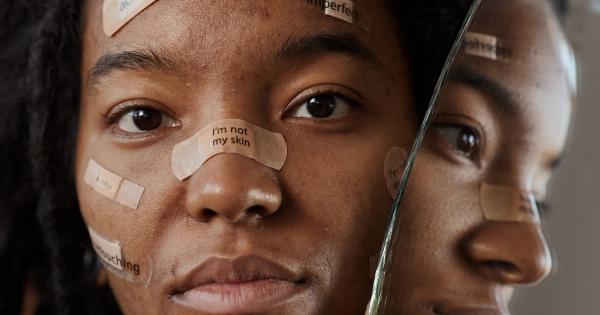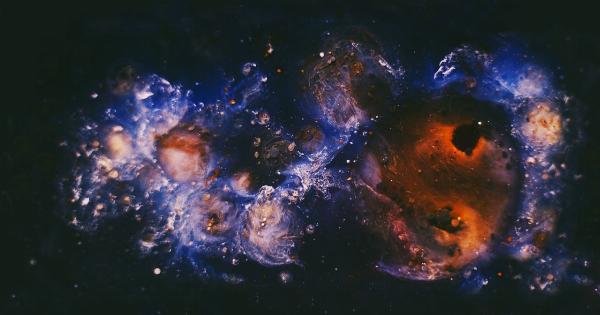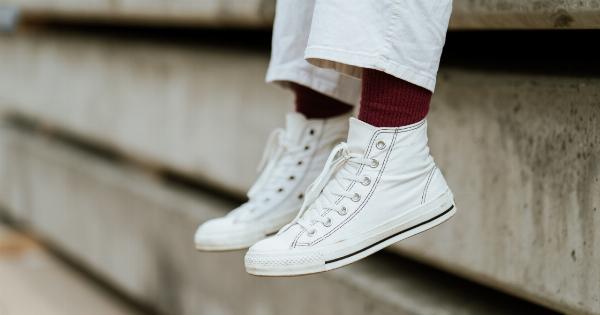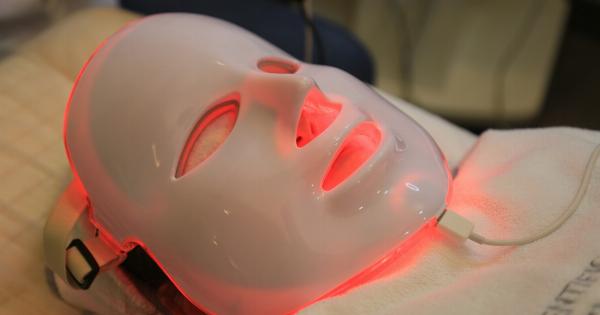Acne is often thought of as a problem only teenagers face, but in reality, it’s a condition that affects people of all ages, including adults.
Adult acne can be frustrating and embarrassing, but understanding its causes and treatments can help you effectively manage it. In this article, we’ll explore the causes of adult acne and discuss various treatment options.
What Causes Adult Acne?
The causes of adult acne are similar to those of teenage acne, but there are some differences as well. Hormonal changes, stress, and genetics all play a role in the development of adult acne.
However, adult acne can also be caused by other factors, such as:.
1. Medications
Some medications can cause or worsen acne. These include corticosteroids, lithium, and anticonvulsants. If you think your medication is causing your acne, talk to your doctor about alternative options.
2. Cosmetics
Heavy or greasy cosmetic products can clog pores and cause acne. Look for non-comedogenic products that won’t clog pores or cause breakouts.
3. Diet
While there is no direct link between diet and acne, certain foods can trigger breakouts in some people. These include high-glycemic-index foods, dairy products, and foods high in saturated fats.
4. Environment
Exposure to pollution and other environmental toxins can irritate the skin and cause acne.
5. Hormonal Imbalances
Changes in hormone levels can trigger acne in adults. In women, hormonal imbalances caused by pregnancy, menstruation, and menopause can all lead to acne.
Treatment Options for Adult Acne
There are several treatment options for adult acne, including:.
1. Topical Treatments
Topical treatments, such as benzoyl peroxide, salicylic acid, and retinoids, can help clear up mild to moderate acne. These topical treatments can be found over-the-counter or prescribed by a dermatologist.
2. Oral Medications
For more severe cases of acne, oral medications may be prescribed. These include antibiotics, hormonal treatments, and isotretinoin (Accutane).
3. Microneedling
Microneedling is a procedure that uses tiny needles to create small punctures in the skin. This process stimulates the production of collagen, which can help reduce acne scarring and improve the overall appearance of the skin.
4. Chemical Peels
Chemical peels use acids to exfoliate the skin and improve its texture. They can also help reduce acne and acne scarring.
5. Light Therapy
Light therapy uses different wavelengths of light to kill acne-causing bacteria and reduce inflammation. It can be used in conjunction with other treatments or on its own.
Preventing Adult Acne
Preventing adult acne involves taking care of your skin and making some lifestyle changes. Here are some tips to help prevent adult acne:.
1. Cleanse Your Skin
Wash your face twice a day with a gentle cleanser to remove dirt, oil, and makeup. Avoid scrubbing your skin as this can irritate it and make acne worse.
2. Moisturize Regularly
Moisturizing regularly helps keep your skin hydrated and healthy. Look for non-comedogenic moisturizers that won’t cause breakouts.
3. Avoid Touching Your Face
Avoid touching your face as much as possible, as this can transfer oil and bacteria from your hands to your skin.
4. Manage Stress
Stress can trigger acne, so it’s important to manage it effectively. Exercise regularly, practice relaxation techniques like yoga and meditation, and get enough sleep.
5. Eat a Healthy Diet
Eating a healthy diet that’s low in sugar and saturated fats can help prevent acne.
The Bottom Line
Adult acne can be frustrating, but it’s important to remember that it’s treatable. By understanding the causes of adult acne and taking steps to prevent and treat it, you can achieve clear, healthy skin.



























